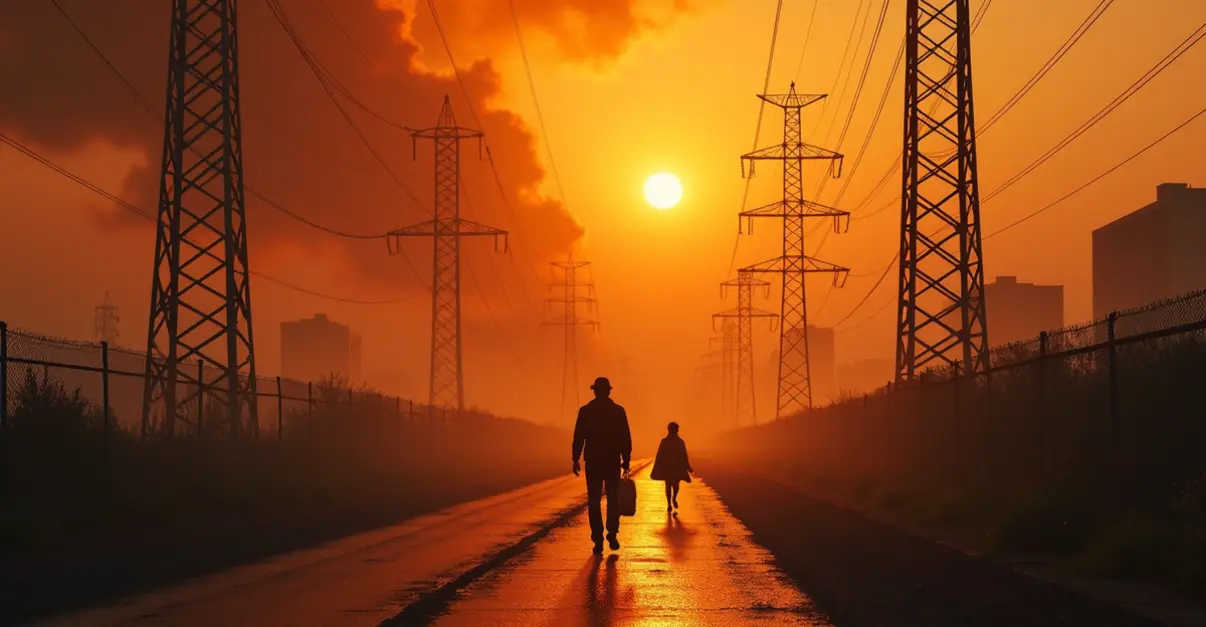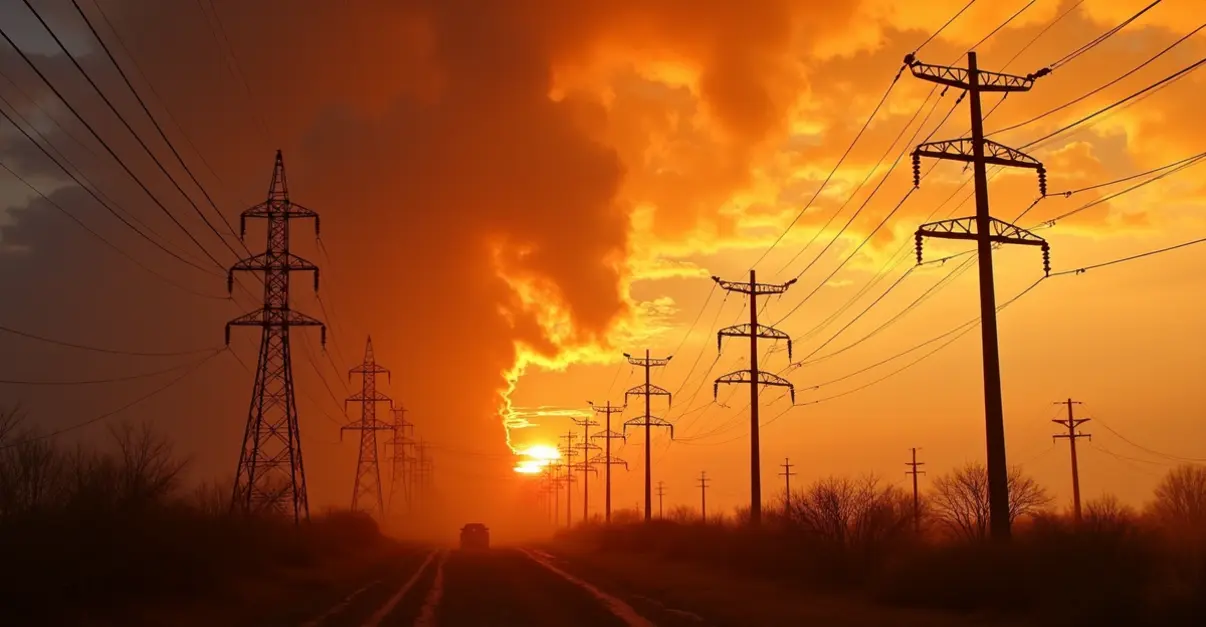Record-breaking 2025 heatwaves strain global power grids and water systems, forcing cities to implement rolling blackouts and conservation measures while issuing public health advisories to protect vulnerable populations.

Record Heat Tests Infrastructure Limits
The summer of 2025 has brought unprecedented heatwaves across multiple continents, creating severe strain on critical infrastructure systems. From North America to Europe and Asia, cities are grappling with the dual challenges of maintaining electricity supply while ensuring adequate water resources for their populations. 'We're seeing demand patterns we've never encountered before,' says Dr. Maria Chen, an energy infrastructure expert at Stanford University. 'The combination of extreme temperatures and increased cooling needs is pushing grids to their absolute limits.'
Power Grids Under Pressure
Electricity systems worldwide are experiencing unprecedented stress as millions of air conditioners and cooling systems run simultaneously. According to the International Energy Agency, global electricity demand is rising at one of the fastest rates in two decades, with the US seeing 37% of its 2024 demand increase coming from extra cooling needs. The situation has become so critical that utilities like AEP Ohio have issued emergency calls for energy conservation to prevent rolling blackouts.
Heat also directly impacts power generation capabilities. Thermal power plants must scale down production when cooling water sources become too warm, as demonstrated by Switzerland's Beznau nuclear plant reducing output by half. Renewable energy faces challenges too, with solar panel efficiency dropping 10-25% in hot conditions. Transmission infrastructure suffers as heat increases resistance in power lines and can cause transformers and overhead lines to expand, sag, or fail completely.
Water Systems Strained
Water supplies are facing similar pressures as increased demand for drinking water, agricultural irrigation, and industrial cooling coincides with reduced availability due to evaporation and drought conditions. Cities from Phoenix to Paris are implementing various conservation measures, with many adopting the EPA's urban heat island mitigation strategies that include both short-term emergency responses and long-term planning measures.
'Our reservoirs are dropping at alarming rates,' notes Carlos Rodriguez, water resources manager for Los Angeles County. 'We're asking residents to reduce outdoor watering by 50% and implement water-saving measures that should become permanent habits.' Many municipalities are drawing inspiration from Australia's comprehensive water restriction systems, which use staged approaches to conservation based on supply levels.
City-Level Emergency Responses
Urban centers are implementing rolling outage plans and public health advisories to manage the crisis. The Federation of American Scientists' 2025 "State of the Heat" report reveals that despite federal funding disruptions, local governments have maintained heat response programs using tools like the National Weather Service's HeatRisk and CDC's Heat and Health Tracker.
Major cities have established cooling centers, extended public pool hours, and launched public awareness campaigns about heat-related illnesses. 'We're seeing emergency room visits for heat exhaustion and heat stroke increase by 45% in some areas,' reports Dr. Sarah Johnson, an emergency physician in Phoenix. 'The most vulnerable populations—elderly residents, children, and those with chronic conditions—need special attention during these extreme events.'
Long-Term Solutions Needed
Experts emphasize that temporary measures alone won't solve the underlying infrastructure vulnerabilities. The crisis is accelerating pressure on countries to invest in clean, flexible power generation and transmission upgrades to maintain grid resilience during increasingly frequent extreme weather events. Water systems also require modernization, with many cities considering investments in water recycling, leak detection technology, and drought-resistant landscaping.
'What we're experiencing now is likely the new normal,' warns climate scientist Dr. Robert Kim from Columbia University. 'We need comprehensive adaptation strategies that address both immediate risks and long-term climate resilience. The time for incremental changes has passed—we need transformative infrastructure investments.'
As temperatures continue to break records, the interconnected challenges of power reliability, water security, and public health protection will require coordinated responses at local, national, and international levels. The 2025 heatwave serves as a stark reminder that climate adaptation is no longer optional but essential for maintaining basic services and protecting vulnerable populations.

 Nederlands
Nederlands
 English
English
 Deutsch
Deutsch
 Français
Français
 Español
Español
 Português
Português









